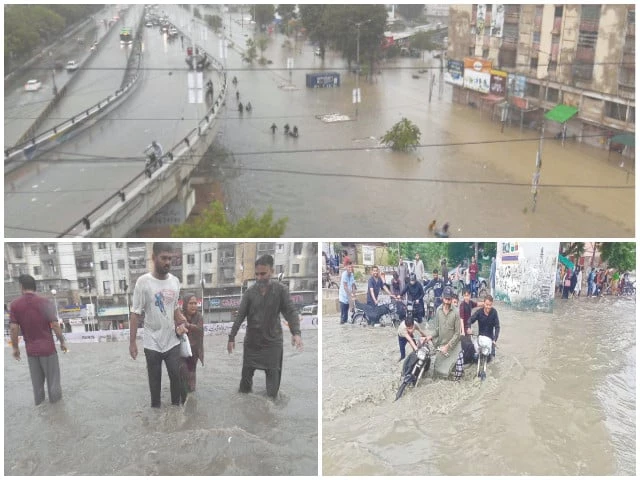Preparedness Amidst Heavy Rains: Staying Safe in Pakistan
With heavy rains sweeping across Pakistan, it’s crucial to stay vigilant and informed about potential flooding. Prime Minister Shehbaz Sharif has recently urged the National Disaster Management Authority (NDMA), along with rescue agencies and provincial administrations, to be on high alert. This call to action reflects the urgent need for immediate precautionary measures, especially for regions near the Indus River where flooding is most likely.
The PM emphasized the importance of coordination among the NDMA and the Provincial Disaster Management Authorities (PDMAs) to effectively tackle the risks. By working together, these agencies can ensure a swift reaction to any crisis that arises. It’s essential for local governments to keep the public informed, as awareness can significantly reduce casualties and damage during such emergencies.
Public communication is not just about updates; it’s a lifeline. The Prime Minister has also tasked the Pakistan Telecommunication Authority (PTA) with delivering real-time alerts on the evolving situation—especially regarding the risks associated with the Tarbela Dam spillway. This proactive stance is vital since any overflow can impact communities downstream.
To provide clearer guidance, Sharif has instructed the National Emergency Operation Center (NEOC) to categorize vulnerable areas by their flood risk levels—high, medium, or low. This classification will help the public understand where the threats lie and how to respond appropriately. Timely warnings can indeed make a world of difference, allowing people to take preventive measures.
As heavy rainfall is anticipated in various regions, including Murree, Galliyat, and several districts across Balochistan, the Pakistan Meteorological Department (PMD) has issued alerts for possible flash floods and landslides. Cities like Islamabad and Rawalpindi may face urban flooding, particularly in low-lying areas. It’s essential to stay updated and heed any warnings issued by local authorities.
So, what can you do to stay safe? First, keep an eye on weather forecasts and heed any alerts from local authorities. If you live in high-risk areas, have an emergency plan in place and stock up on supplies like food, water, and first-aid kits. Also, engage with your community—sharing information can help keep everyone safe.
Staying prepared and informed is key to navigating these challenging weather conditions. For more updates and resources, feel free to connect with Pro21st, where we aim to provide valuable insights and make sure you’re always in the know. Stay safe out there!
At Pro21st, we believe in sharing updates that matter.
Stay connected for more real conversations, fresh insights, and 21st-century perspectives.





